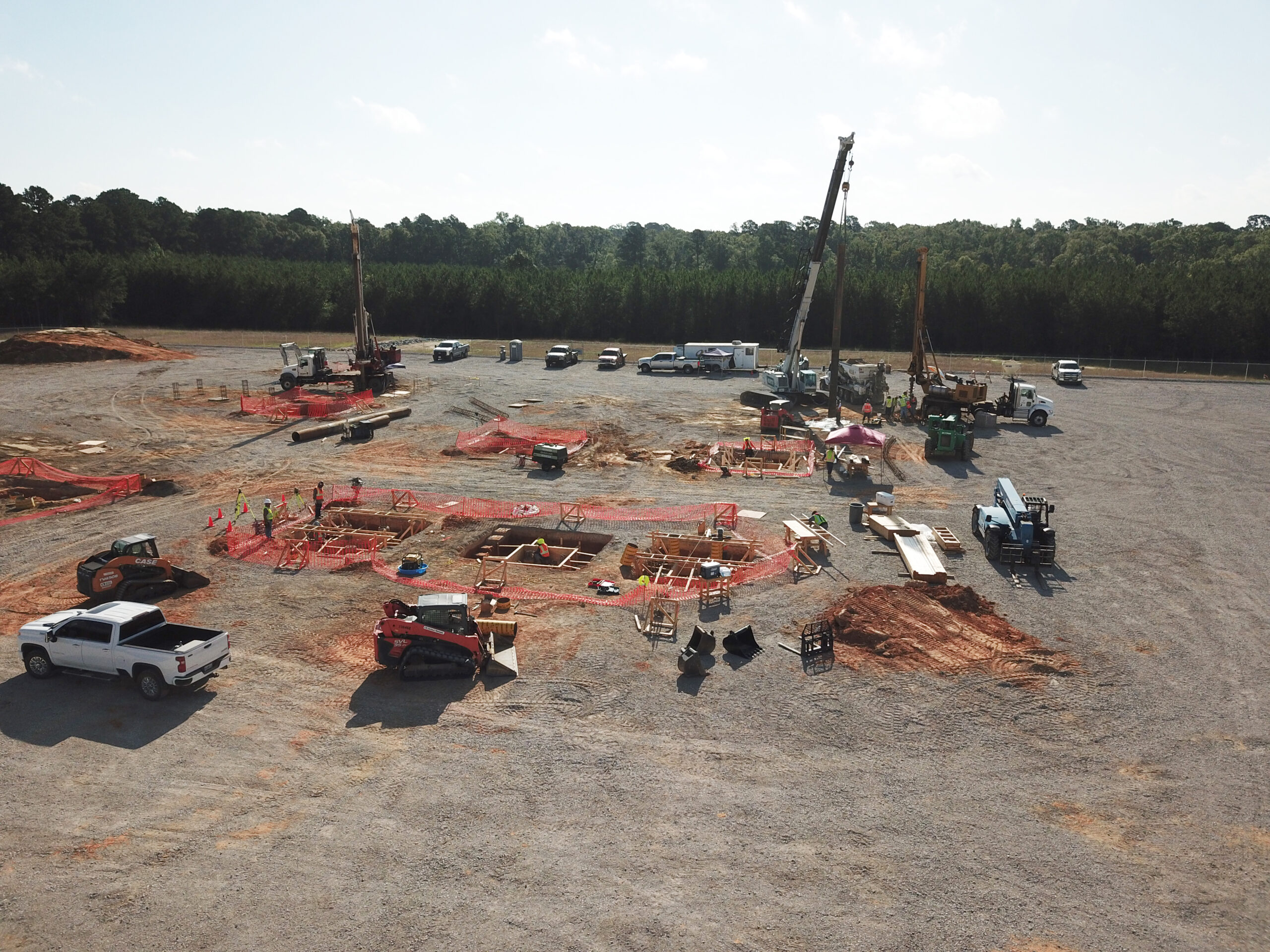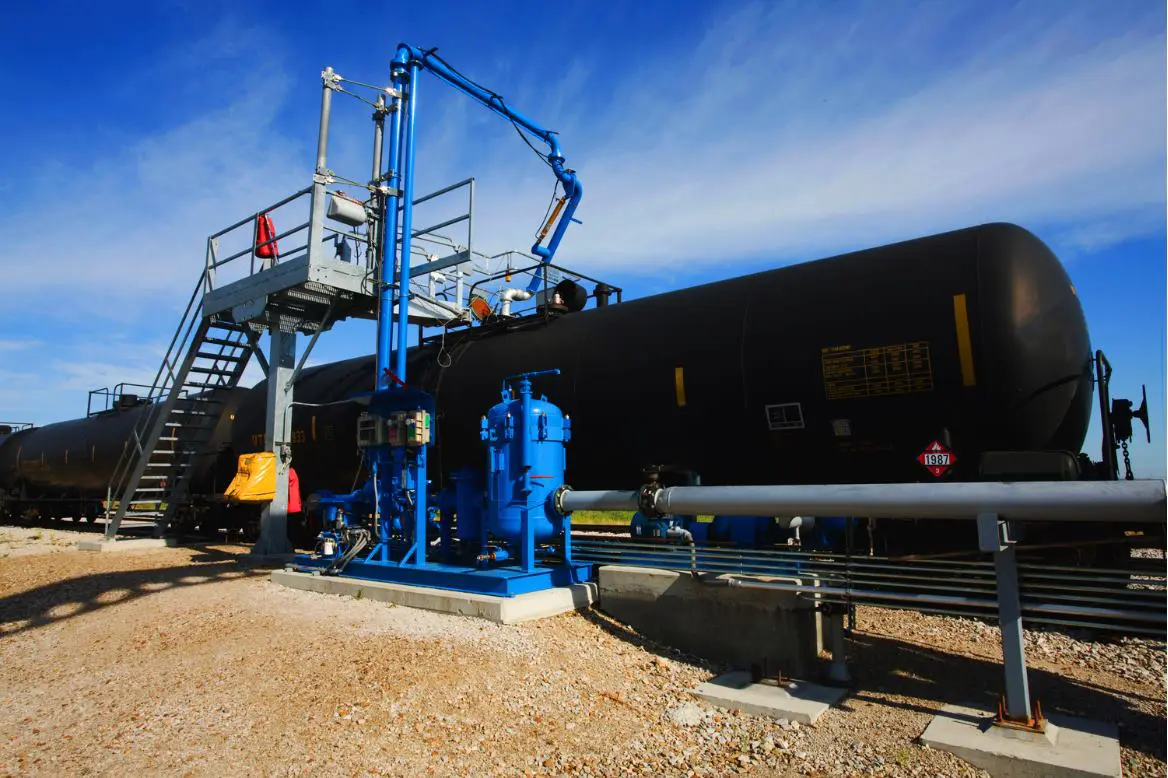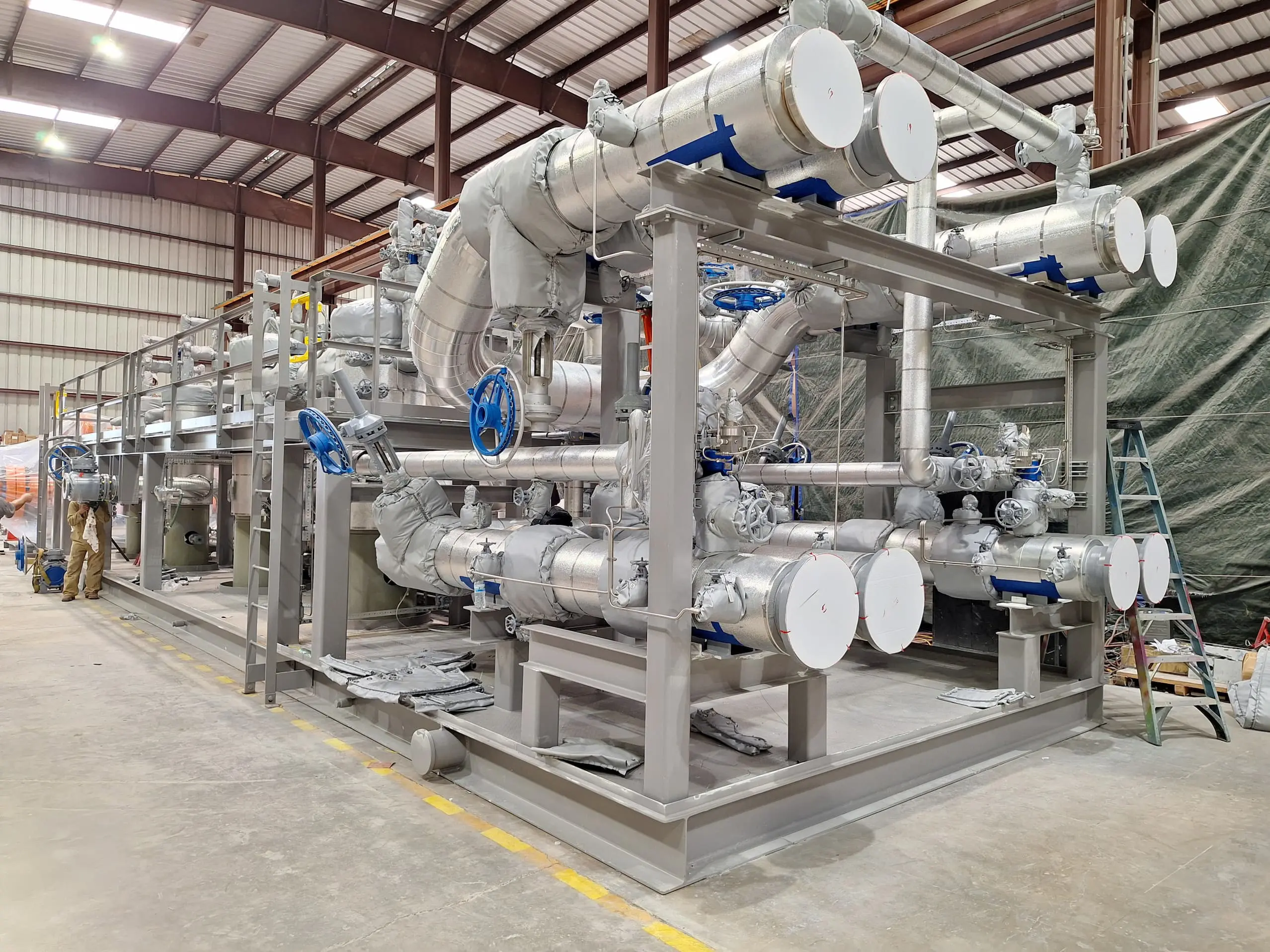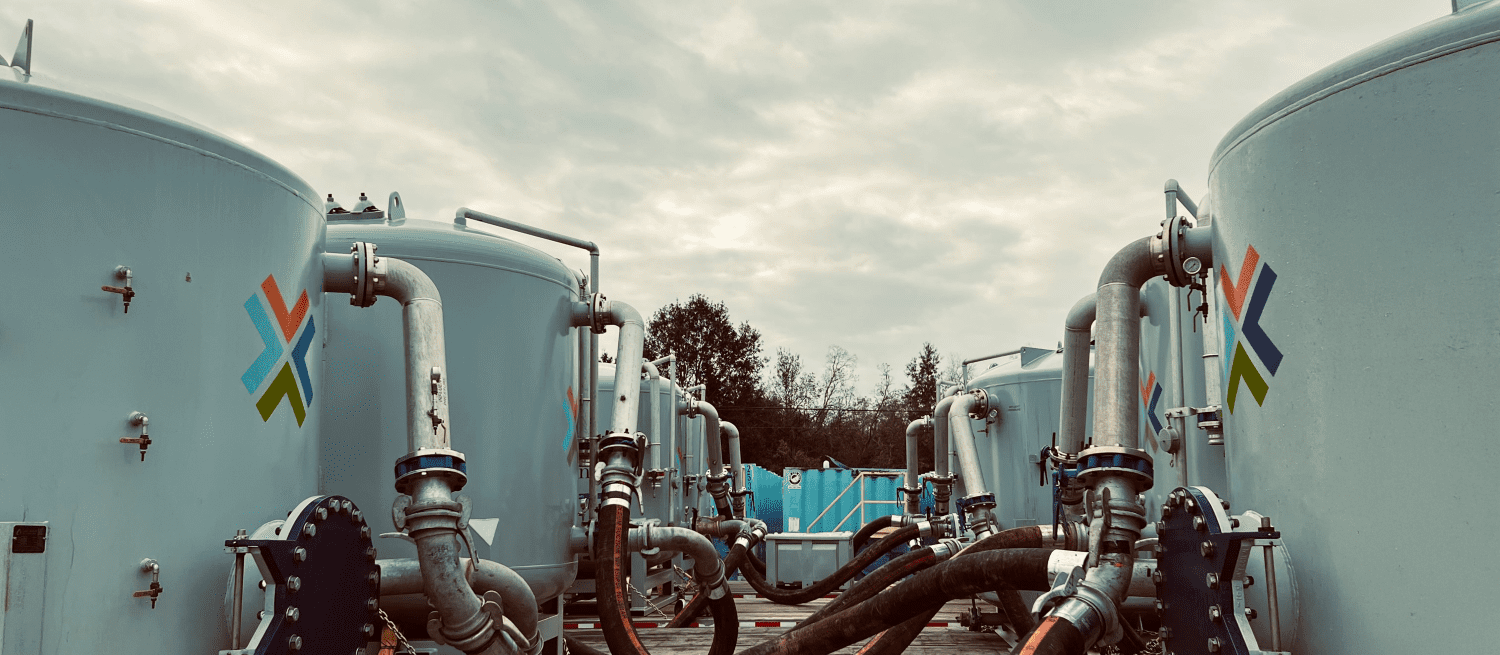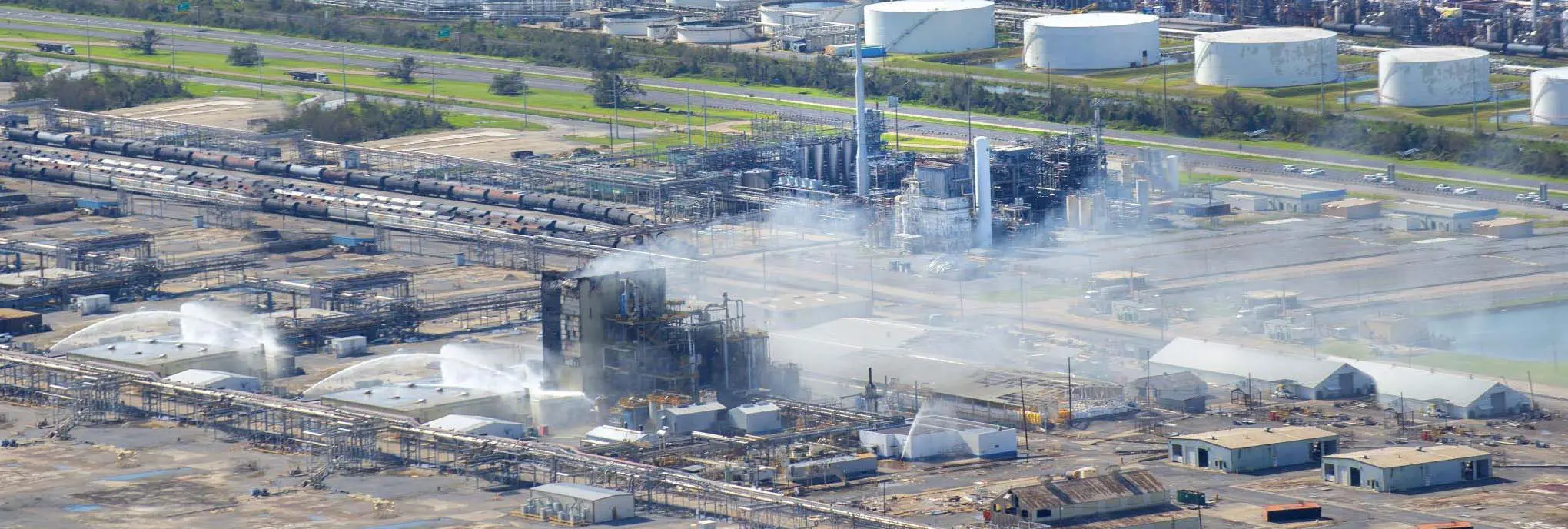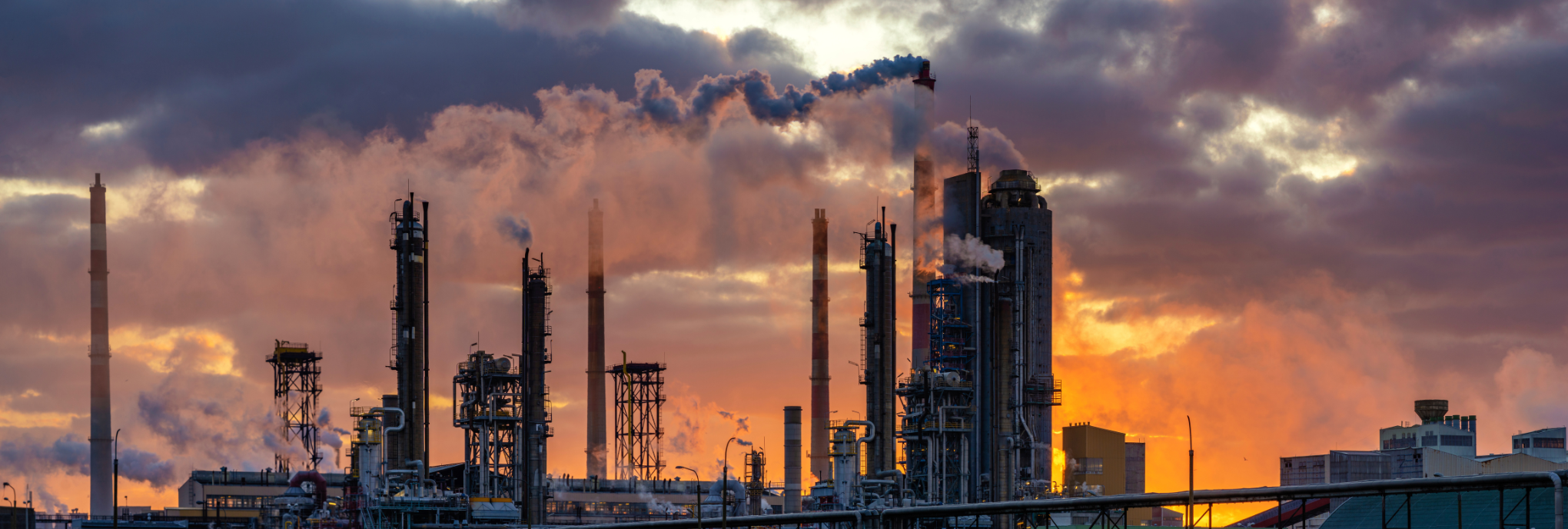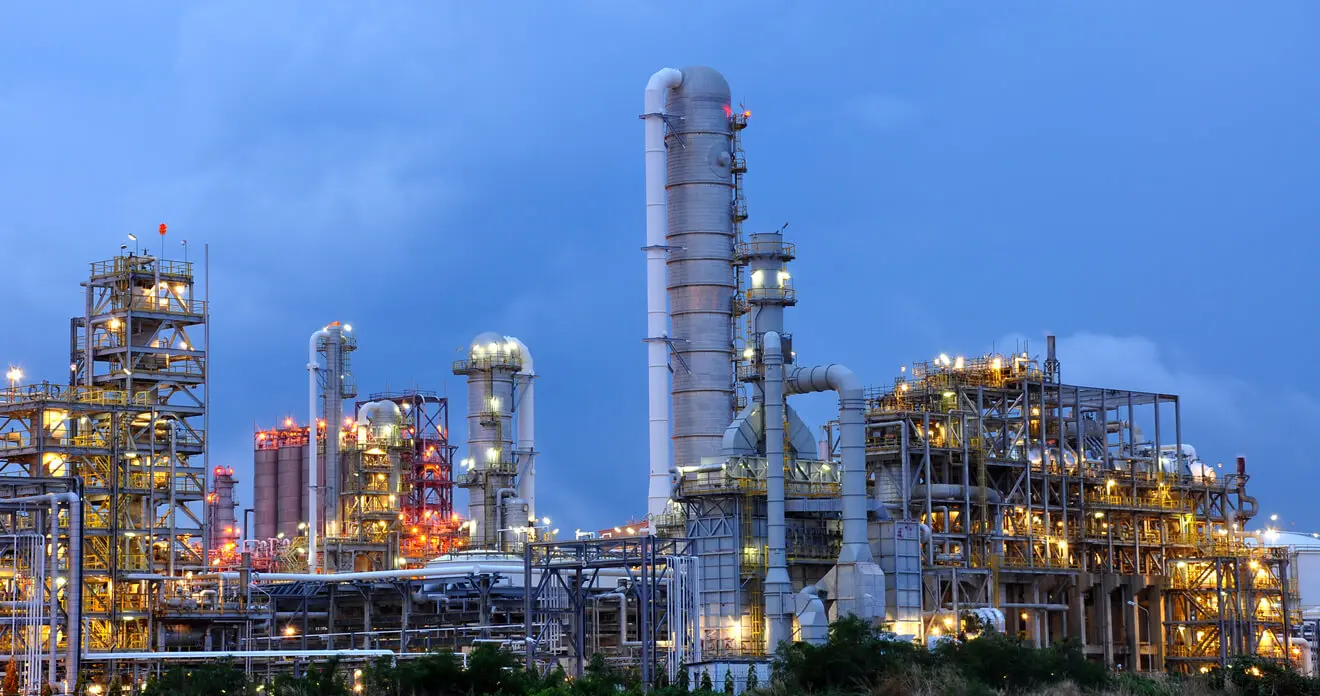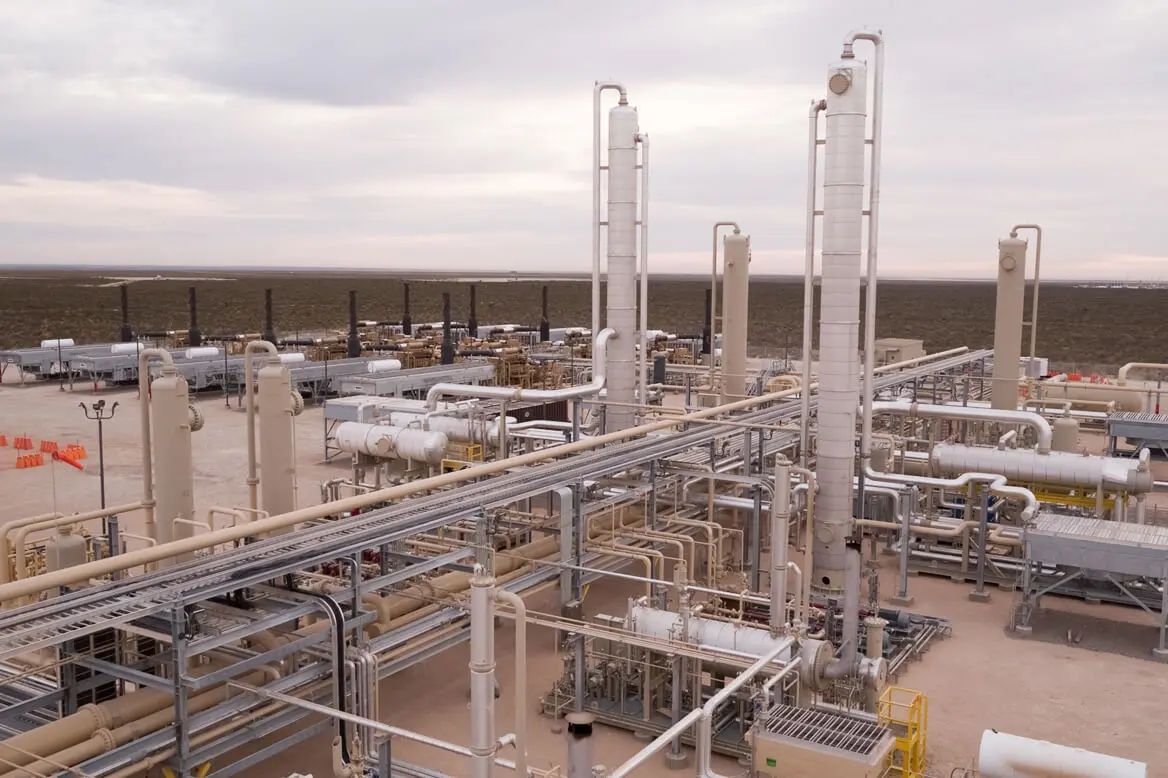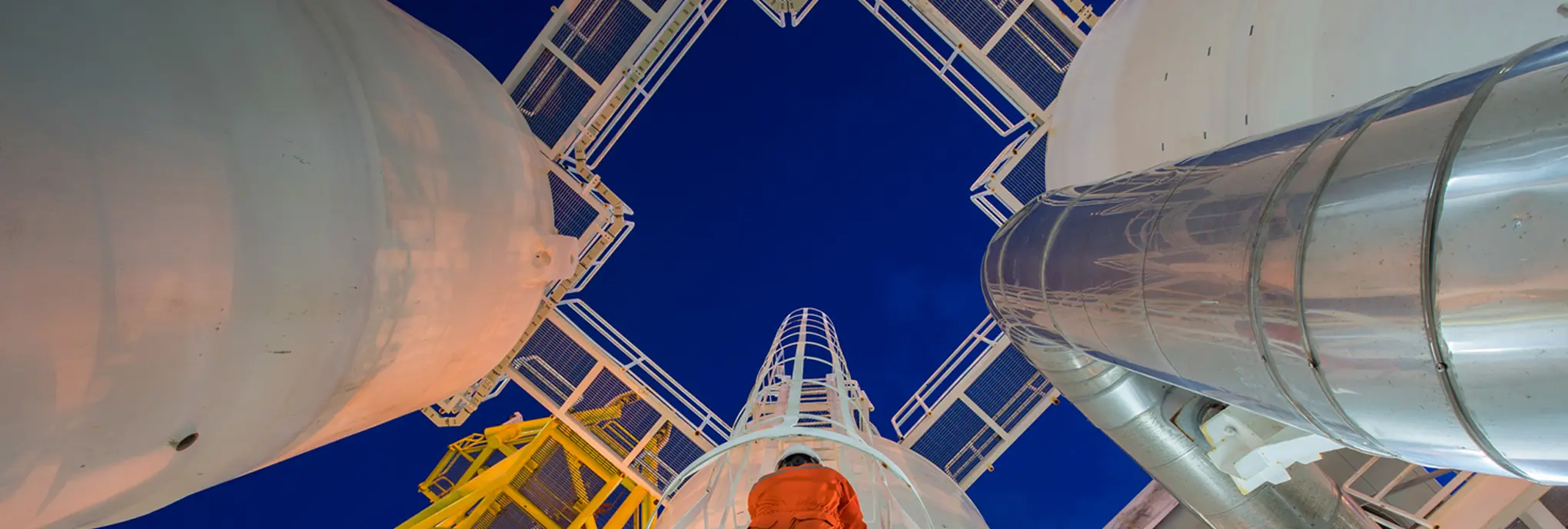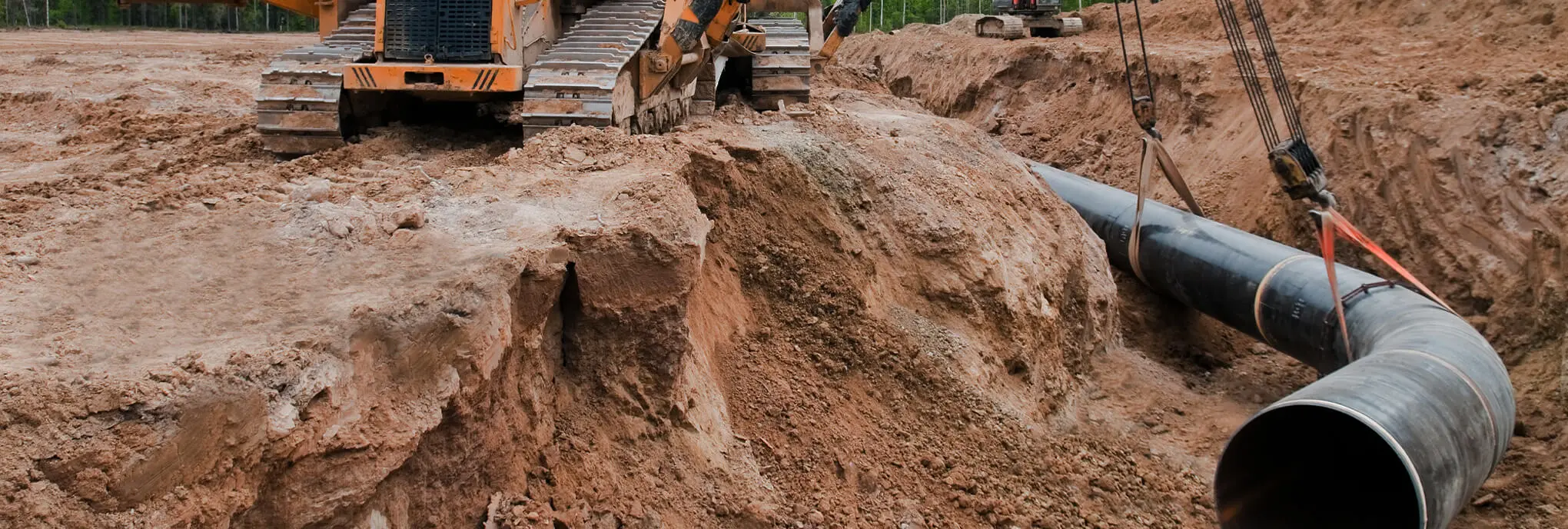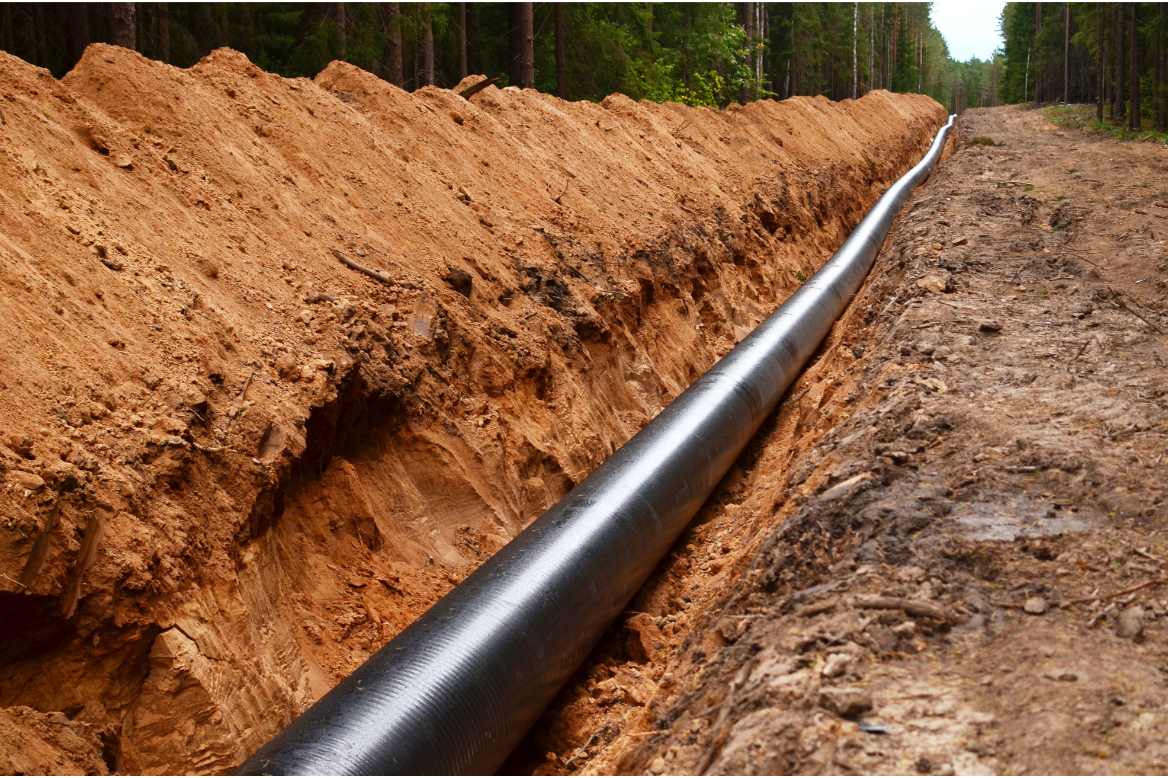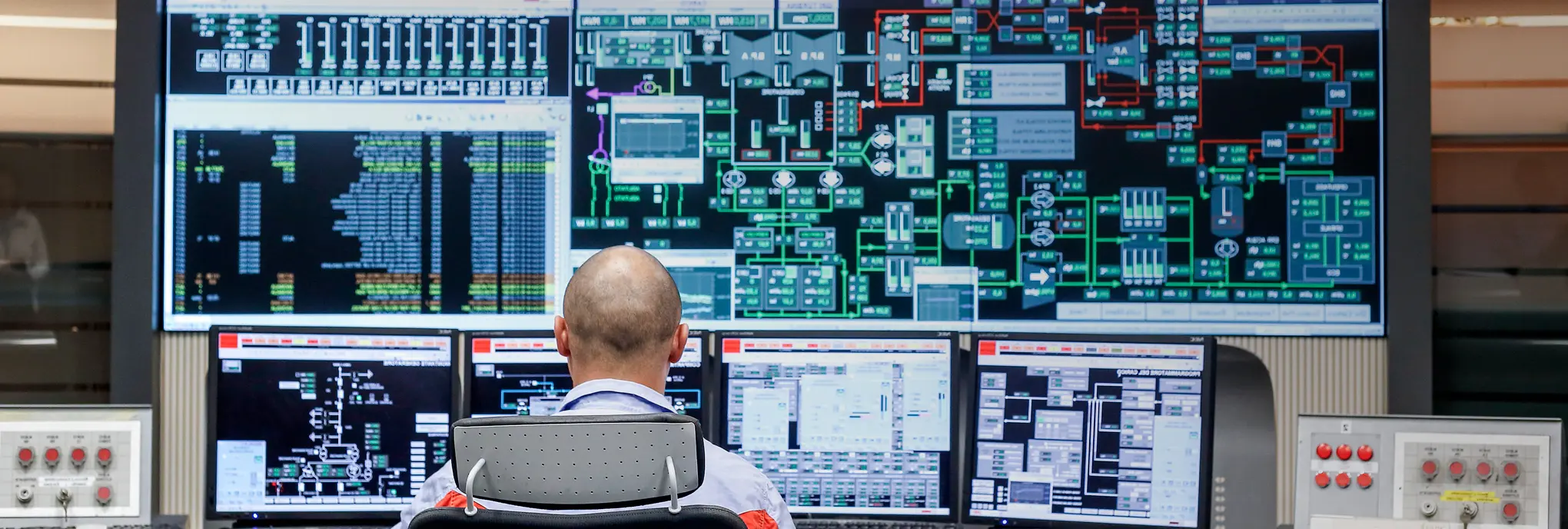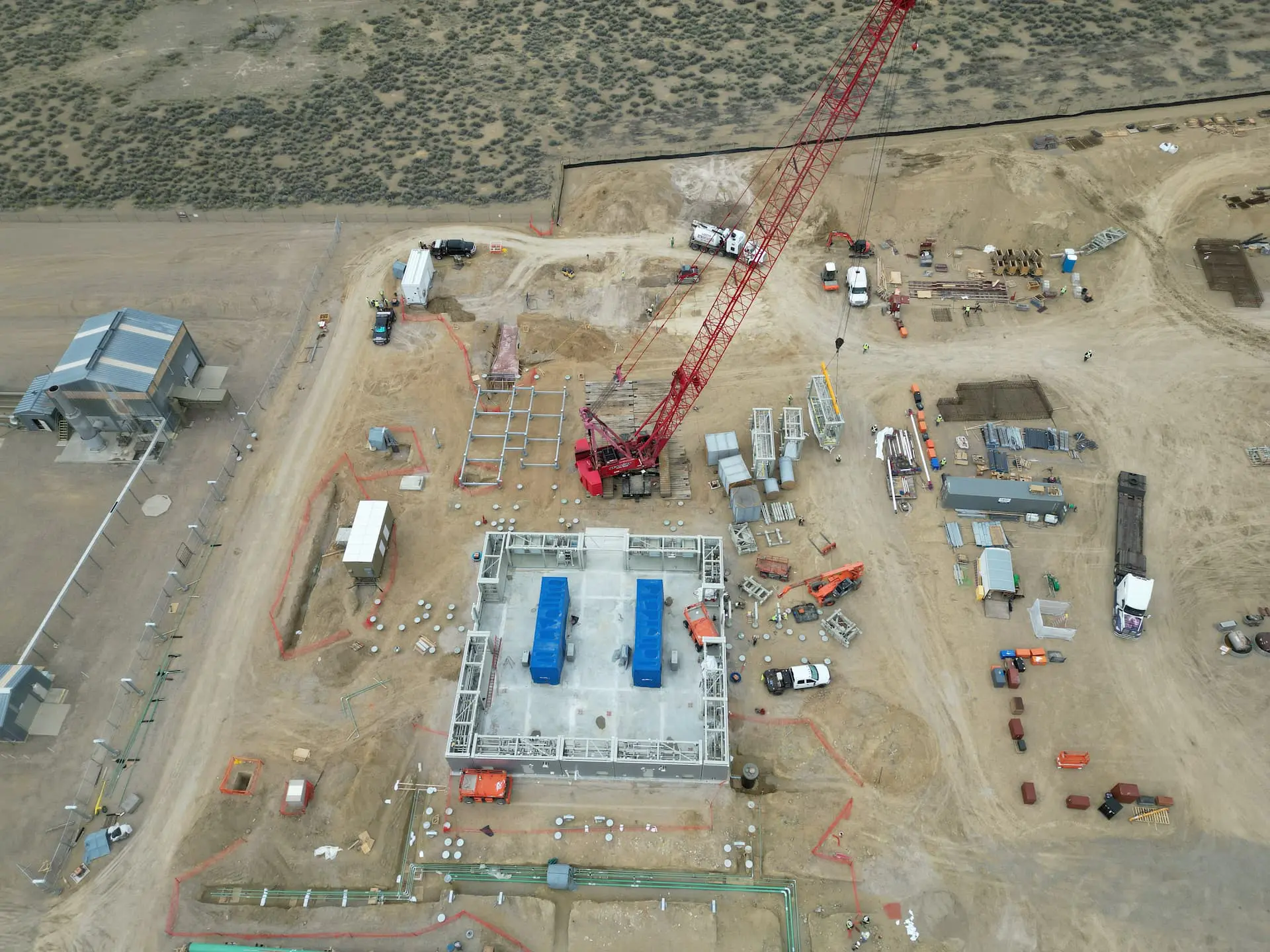

Want to share this article?
LNG Demand Means Energy Boom for Gulf Coast Region
The Gulf Coast is quickly becoming a key exporter of liquefied natural gas (LNG) as demand for the non-toxic liquid increases in global markets.
According to the International Energy Agency (IEA), worldwide LNG demand has risen by approximately 7.6% since 2000. What’s more, trade is forecasted to more than double by 2040.
Driven by a shift towards affordable, clean-burning fuel, many countries view LNG as the gas of the future, prompting the IEA to term this era the “Golden Age of Gas.” A clear, odorless, non-corrosive natural gas, LNG is cooled and converted to liquid form for ease and safety of storage and transport. Such characteristics make it an attractive option for energy-starved countries.
Because the majority of natural gas resources are not located in markets with the greatest demand, developers are eager to claim opportunities to build LNG facilities along the Coast for delivery to global destinations. The Gulf Coast’s proximity to shale gas fields and its ample shipping resources makes the area a suitable landscape for LNG hub developers, thereby positioning the region to become the epicenter of the liquefaction boom.
With more than 110 LNG facilities operating in the United States, market research firm, Industrial Info Resources, predicts that $64 billion will be invested to build additional plants on the Gulf Coast in coming years. only will the expansion of plants in the region position the U.S. as an emerging competitor in the global LNG export market, it will also produce thousands of jobs. Analysts suggest that within the next two years, the number of skilled, field workers on the Gulf Coast will grow from roughly 62,000 to over 103,000.




